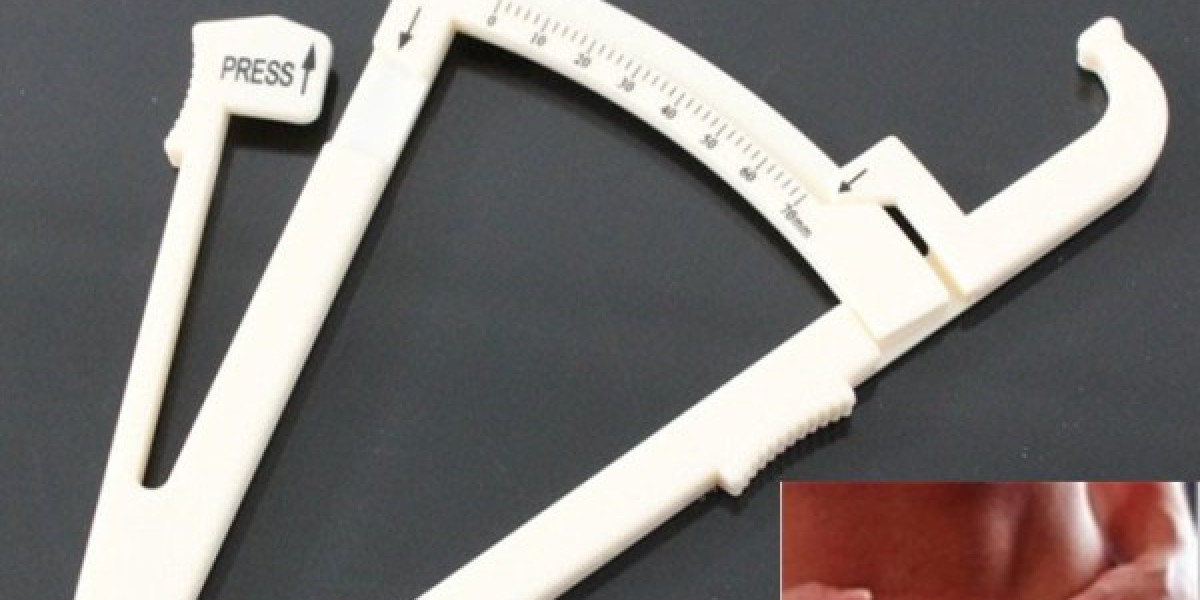In the world of digital electronics, efficient data handling is essential for ensuring smooth communication between components, systems, and devices. One of the key components that play a crucial role in managing and buffering data flows is the FIFO memory chip. FIFO (First In, First Out) memory chips are widely used for their ability to store and manage data in a manner that mimics the natural order of operations—just like a queue where the first element to enter is the first one to leave.
In this article, we will explore the working principles, types, and applications of FIFO memory chips, highlighting their importance in modern electronic systems.

What Is a FIFO Memory Chip?
A FIFO memory chip is a type of queue-based memory structure designed to store data temporarily in a manner that ensures the first data that is written into the memory is the first data to be read out. Essentially, it operates as a "buffer," allowing the system to store incoming data until it can be processed or transferred to another system or component.
FIFO memory chips are essential in managing data flows between systems that operate at different speeds or in situations where real-time processing is required. These chips are particularly useful when there is a need to handle continuous or burst data streams without losing information or causing bottlenecks.
How Does FIFO Memory Work?
The working principle of a FIFO memory chip can be understood through its behavior as a queue:
- Data Write (Input): Data is written to the memory in a sequential manner. The first data element that enters the FIFO memory is placed at the beginning of the queue.
- Data Read (Output): The first data element that was written into the memory is the first one to be read. The reading process follows the same sequential order.
- Overflow/Underflow Handling: FIFO chips are designed to manage overflow (when the buffer is full) and underflow (when the buffer is empty) conditions, ensuring that data is processed correctly and efficiently.
FIFO memory chips are typically used in digital circuits where data is processed in real time, and timing synchronization between the components is critical.
Types of FIFO Memory Chips
FIFO memory chips come in several different forms, each designed to meet specific needs based on system requirements. Some of the most common types include:
1. Synchronous FIFOs
Synchronous FIFOs are memory buffers that work in sync with the system clock. Both the read and write operations are clocked, meaning the timing of data entry and retrieval is controlled by the clock signal. These FIFOs are ideal for applications that require precise synchronization, such as data communication systems or high-speed data transfers.
Synchronous FIFOs are typically more reliable in scenarios where the rate of data input and output needs to be carefully managed, making them suitable for networking devices like routers, digital signal processing systems, and data acquisition systems.

2. Asynchronous FIFOs
Asynchronous FIFOs, on the other hand, do not rely on a common clock for both read and write operations. In this type of FIFO, the input and output clocks can be different, allowing data to be transferred between components or systems that operate at different speeds. This flexibility is particularly useful in systems where data is being transferred between microcontrollers, processors, or communication interfaces with differing clock rates.
These FIFOs are often used in serial communication protocols like I2C, SPI, or UART, where data is transmitted at varying rates between different modules.
3. Dual-Port FIFOs
Dual-port FIFOs are designed to allow both reading and writing operations to occur simultaneously, even on separate buses. This design enables a higher throughput, making dual-port FIFOs ideal for high-performance applications such as video processing, real-time analytics, and multimedia systems.
Dual-port FIFOs are also beneficial in applications that require high-speed data buffering and low-latency access to stored data.
4. FIFO Memory with Overflow and Underflow Flags
Some FIFO memory chips come with built-in overflow and underflow flags. These flags signal when the FIFO buffer is full (overflow) or empty (underflow), helping the system manage its data flow effectively. By signaling these conditions, the system can prevent data loss or errors caused by overloading or underusing the FIFO buffer.
These types of FIFOs are commonly found in audio/video applications, communication systems, and high-speed data acquisition systems where real-time monitoring and flow control are critical.
Applications of FIFO Memory Chips
FIFO memory chips are used in a wide variety of electronic systems, each requiring the reliable management of data streams. Here are some key applications:
1. Data Buffering in Communication Systems
One of the primary uses of FIFO memory chips is in data buffering for communication systems. In situations where data is transferred between devices at different speeds, FIFO chips act as buffers, holding data temporarily until the receiving device is ready to process it.
For example, in network switches or routers, data packets are stored in FIFO buffers before they are transmitted to the next stage of processing or routing. This ensures that data is not lost and that the system can handle high-speed data transfers without becoming overwhelmed.
2. Audio and Video Processing
In audio and video processing, FIFO memory chips are used to handle continuous streams of data, such as in streaming applications or digital video encoding/decoding. FIFO chips buffer the incoming data while it is being processed or converted into a different format.
For instance, in video capture cards or streaming platforms, FIFO memory chips temporarily store video frames, ensuring that they can be processed smoothly and without delays. Similarly, in audio interfaces, FIFO buffers prevent audio dropouts by managing the flow of data between analog-to-digital and digital-to-analog converters.

3. Embedded Systems and Microcontroller Interfacing
In embedded systems, FIFO memory chips are often used for microcontroller interfacing, particularly when dealing with serial communication protocols. When data is received at a higher rate than the microcontroller can handle, the FIFO memory chip acts as a buffer, ensuring that no data is lost. This is especially useful in I2C, SPI, or UART communications, where data is being continuously received from external devices or sensors.
4. Digital Signal Processing (DSP)
In digital signal processing (DSP) applications, FIFO memory chips are used to store input or output data temporarily as it is processed by DSP algorithms. These chips help manage the flow of data between different stages of a DSP system, ensuring that signals are processed in a timely and efficient manner.
FIFO buffers are critical in real-time DSP systems, where timing is essential, and any delay or overflow could result in errors or dropped signals.
5. Data Acquisition Systems
FIFO memory chips are also used in data acquisition systems, where they temporarily store data from sensors before it is transferred to a processor for analysis. This is particularly useful in scientific instruments, medical devices, and automated testing equipment, where large volumes of data need to be buffered and processed in real time.
Advantages of FIFO Memory Chips
FIFO memory chips offer several advantages that make them indispensable in modern electronic systems:
- Efficient Data Management: FIFO chips ensure that data is processed in the correct order, preventing data loss and ensuring integrity in time-sensitive applications.
- Speed: They help bridge the gap between systems with different speeds, allowing faster components to continue processing without waiting for slower ones.
- Reduced Latency: By buffering data, FIFOs reduce latency in systems that require continuous or burst data streams, ensuring smoother operation.
- Overflow and Underflow Protection: FIFO chips with overflow and underflow flags provide automatic error handling, making them more reliable in complex systems.
Why Choose MobikeChip for Your FIFO Memory Needs?
At MobikeChip, we provide a comprehensive selection of FIFO memory chips designed to meet the needs of diverse applications, from communication systems to embedded designs. Our FIFO memory products come from top manufacturers and offer high performance, reliability, and flexibility.
Whether you're building a data acquisition system, designing a real-time DSP application, or integrating a high-speed communication protocol, MobikeChip has the FIFO memory chip that fits your needs.
Conclusion
FIFO memory chips are essential in modern electronics for efficient data buffering and management. By enabling the smooth flow of data between components and systems operating at different speeds, these chips are critical in applications such as communication systems, DSP, and real-time data acquisition. At MobikeChip, we offer a wide range of FIFO memory solutions to help you design reliable, high-performance electronic systems.
About Us
MobikeChip offers a broad range of genuine electronic components from over 2,600 manufacturers at competitive prices. Our product portfolio includes Integrated Circuits (ICs), Discrete Semiconductor Products, Resistors, Capacitors, Relays, Switches, Transformers, Sensors, Transducers, Inductors, Coils, Chokes, Potentiometers, Variable Resistors, Crystals, Thermal Management products, and more.
Category page: FIFOs Memory-Logic-Manufacturers-Dealer-MobikeChip









